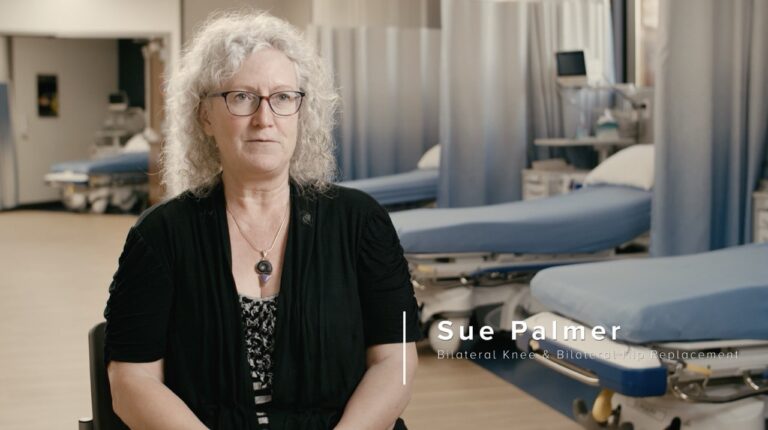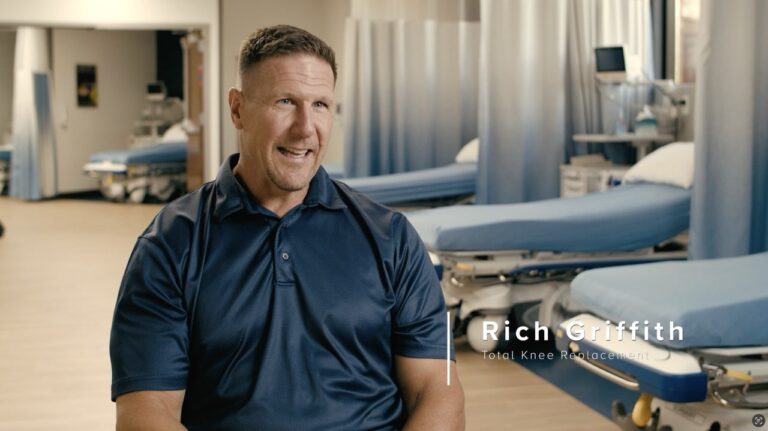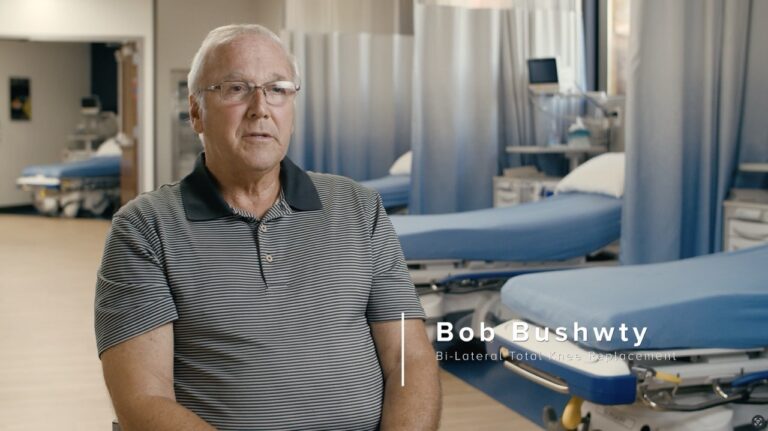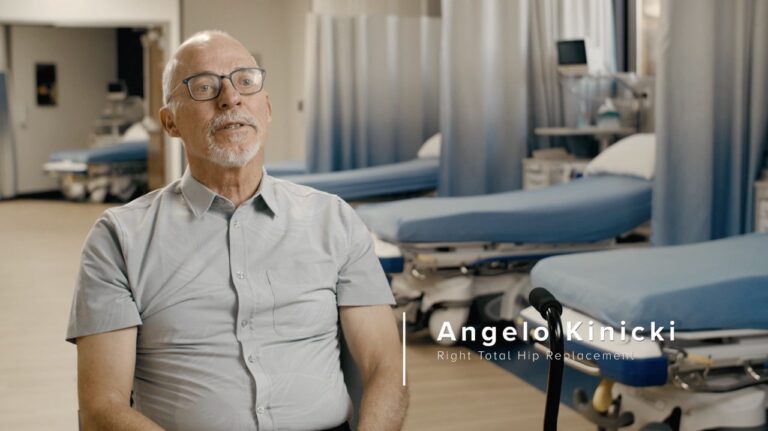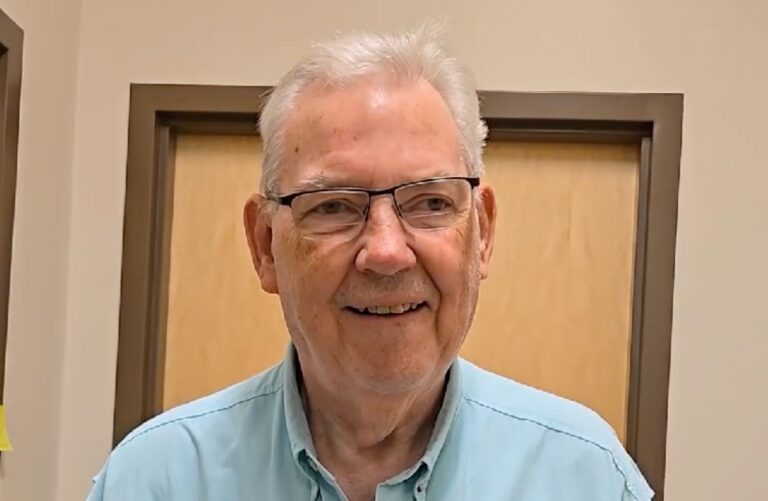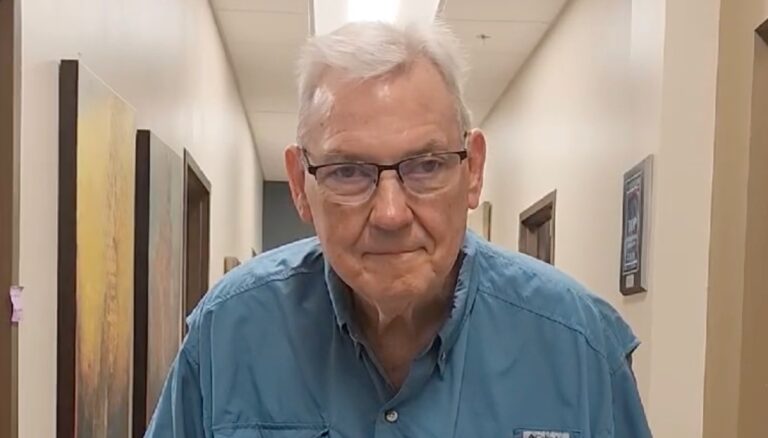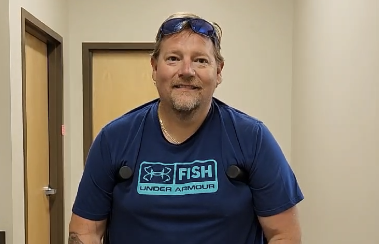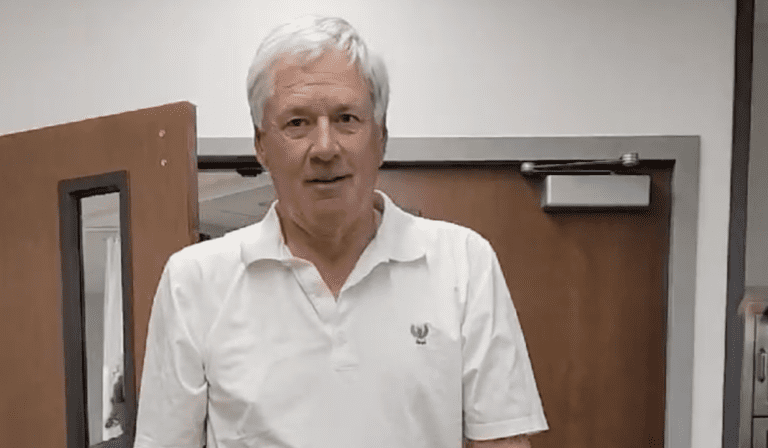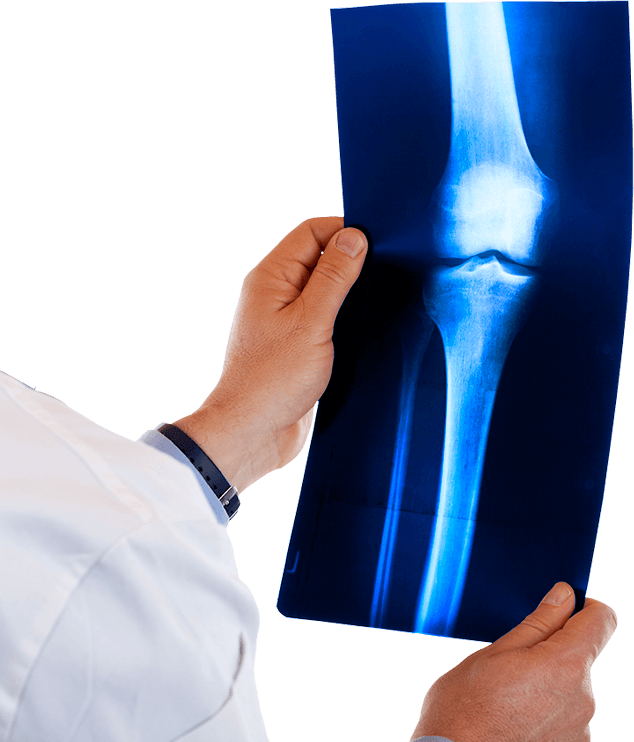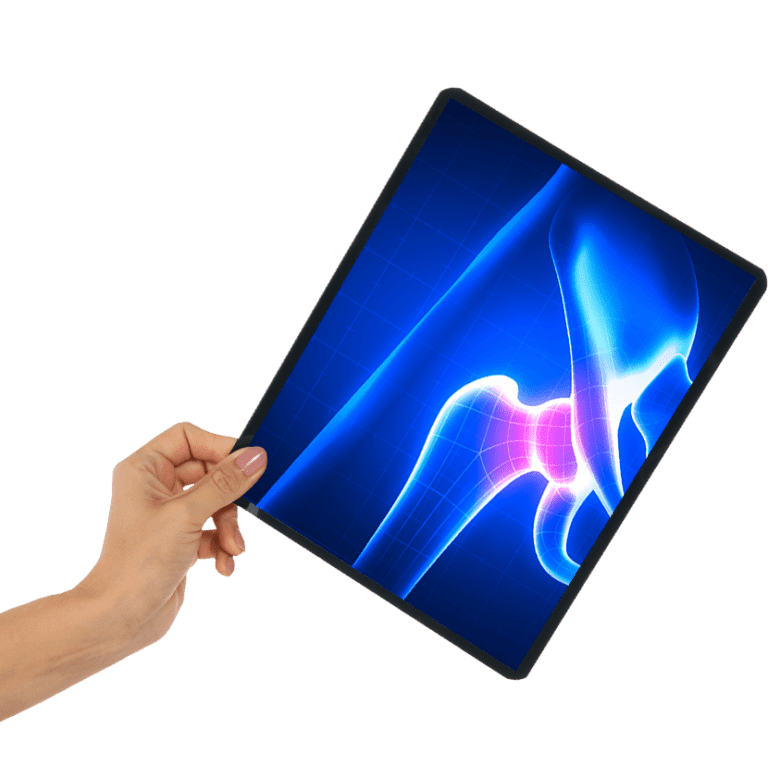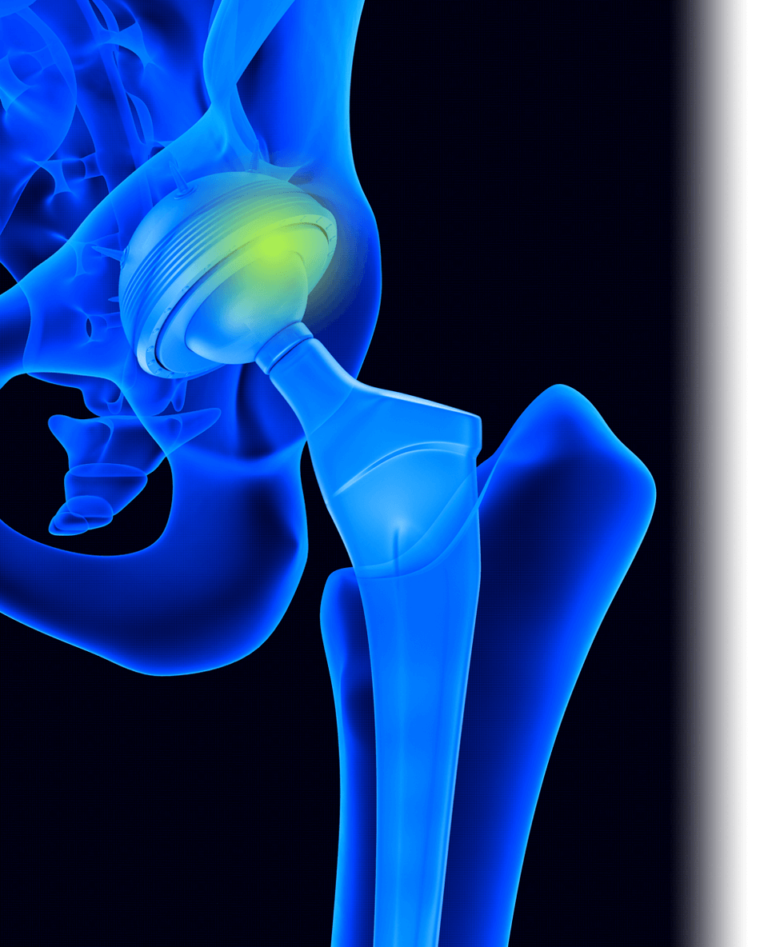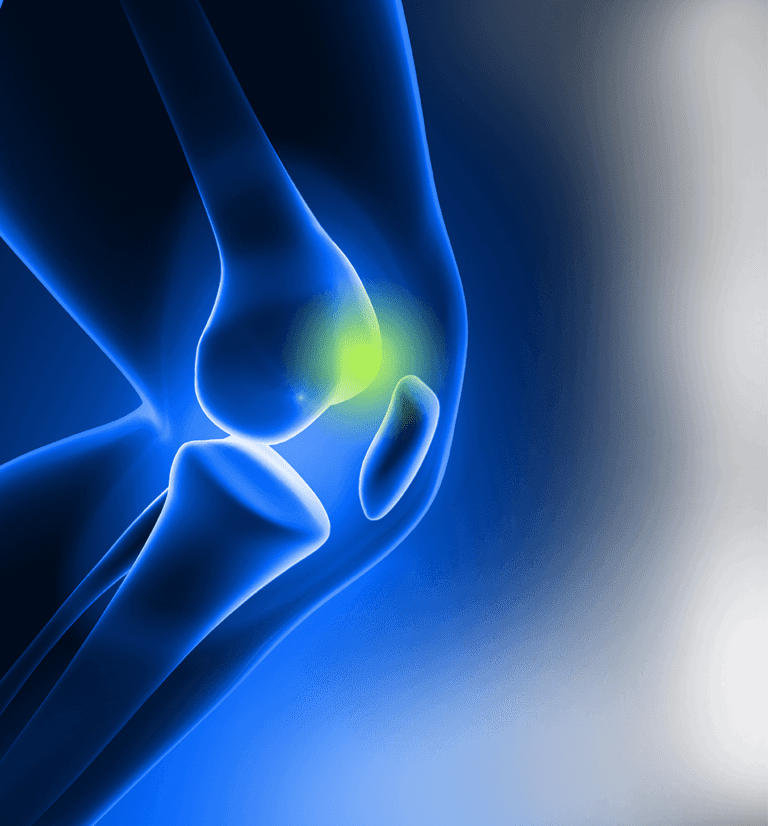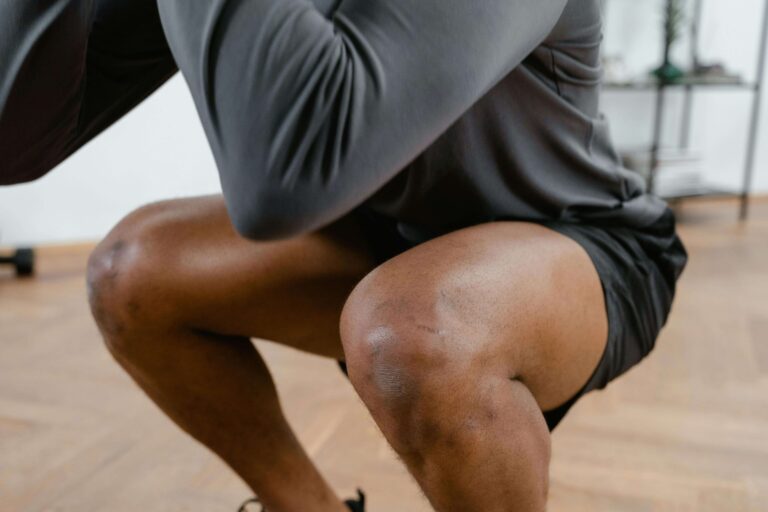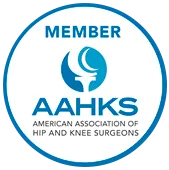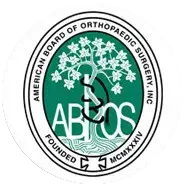Knee Surgery
Have you tried other methods to ease your knee pain without success? If so, then it may be time to consider surgery – and that means looking for a skilled knee replacement surgeon. Luckily, Dr. Shane Martin is a nationally recognized expert in robotic-assisted knee replacement surgery and can help you reclaim an active, pain-free lifestyle.
Indications You May Need Knee Surgery.
A consultation with a knee replacement surgeon will confirm whether a knee replacement is necessary, but there are several signs that suggest you may need to at least think about this as a treatment option.
- You Have Osteoarthritis Pain
- Nonsurgical Treatments Aren't Working
- Daily Activities Have Become Difficult
- Your Knee is Swollen or Deformed
Types of Knee Surgery We Specialize In.

Total Knee Replacement Surgery
Total knee replacement is one of the most successful orthopedic procedures of all time. Recent advances have allowed patients to return to work and activities faster than ever before. Most of Dr. Martin’s patients can return home within hours of surgery.
Learn More
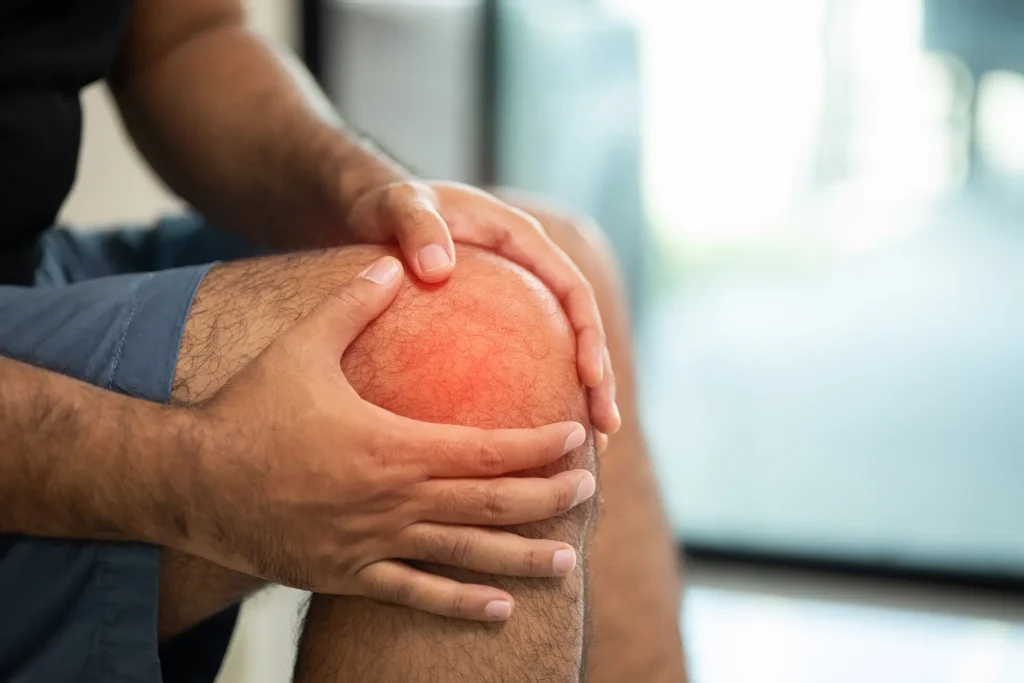
Partial Knee Replacement Surgery
For some patients replacing just the worn out portion of their knee makes more sense than replacing the entire knee. Since partial knee replacement involves less surgery than total knee replacement patients can recover even quicker and typically experience only a few days of pain following surgery.
Learn More

Revision Total Knee Replacement
Some knee replacements develop problems and need to be replaced. These “re-operation” procedures can be very complex and often require advanced techniques and equipment. Dr. Firestone and Dr. Martin have extensive experience with these types of procedures and can help you decide which is best for you.
Learn More
Ready to Get Started?
Request Appointment
Providing an Exceptional Patient Experience.
See how our personalized care leads to extraordinary recovery journeys.
Frequently Asked Knee Surgery Questions.
We’re here to address your concerns and provide clarity about all aspects of hip surgery. Contact us if you have additional questions you would like answered.
Can I swim?
You can swim 2 weeks after surgery.
When can I drive?
Each patient is different and it depends on which leg was operated on but generally when:
- You are not taking narcotics during the day
- You can comfortably get in on the drivers side
- You feel you are strong enough to get from the gas to the brake quickly enough to avoid an accident
When can I golf?
Typically 6 weeks after surgery.
When can I fly?
You can fly 2 weeks after surgery, but with precautions. You are at risk for a blood clot for 3 months after surgery. If you fly during this time you should be on aspirin 81 mg twice a day or a stronger blood thinner for air travel.
Will I set off metal detectors?
Your knee will likely set off the metal detectors. Always budget extra time when visiting a location with metal detectors. If you do set off the detector, notify the TSA agent that you have a joint replacement. Airports no longer accept implant cards as proof and will still require you to undergo screening.
What activities will I be allowed to do after I am healed?
Most patients can return to all activities 3 months after surgery although full healing can take up to 1 year. However, high impact activities such as running can lead to early wear of the joint and should be avoided.
What are the extra pin holes for?
The pin sites are where Dr. Martin attaches the robotic trackers. No hardware is retained at the site.
What does the Robot do and why do I need a CT scan?
The robot provides accuracy and precision in order to improve on the results of traditional joint replacement. Dr. Martin is present at all times during the surgery and is working in conjunction with the robot. The CT scan allows Dr. Martin to create a digital 3D model of your joint to template your surgery and ensure accurate bone prep and implant position.
Returning to work after surgery?
Time off varies depending on how physically demanding your work is
- For physically demanding jobs 6 weeks
- For desk or seated jobs 2 weeks
Why are there fees for work forms?
Work forms require a significant amount of staff resources and are not reimbursed by insurance.
How many procedures has Dr. Martin performed?
Dr. Martin has successfully performed over 5000 robotic joint replacements since 2009.
Why can’t I have a handicapped placard after surgery?
Dr. Martin encourages walking as part of your recovery. You should take every opportunity to use your new joint.
What are the implants made of?
Cobalt chrome, titanium, and polyethylene plastic. Some knees have bone cement which is methyl methacrylate. If you have a nickel allergy and were provided a specialized implant it is typically made with ceramic or oxinium, titanium, and polyethylene plastic.
Learn More From Our Blog.
Explore expert tips and insights on hip & knee replacement surgery, joint health, injury prevention, and more.
See What Our Patients Say
Read about past patients’ experiences to understand the high level of professionalism and compassionate care that goes into each surgery and alternative therapy at the Joint Replacement Center of Scottsdale.
Meet Your Surgeon: Dr. Shane Martin
Dr. Shane Martin is a board-certified orthopedic surgeon, fellowship trained in adult reconstructive surgery and is a nationally recognized expert in MAKOplasty joint replacement. He specializes in arthritic hip and knee replacements. He focuses on helping patients return to a more active and healthy lifestyle through his rapid recovery programs after joint replacement. Dr. Martin regularly speaks in the community about the treatment of arthritis and the benefits of robotic technology. He values a well-performed surgery and believes personal relationships with patients is a key to success.
Bringing Excellence Home
Our Location
20401 N. 73rd St., Suite 160
Scottsdale, AZ 85255
Office Hours
Monday through Friday
8:00 am – 4:00 pm


